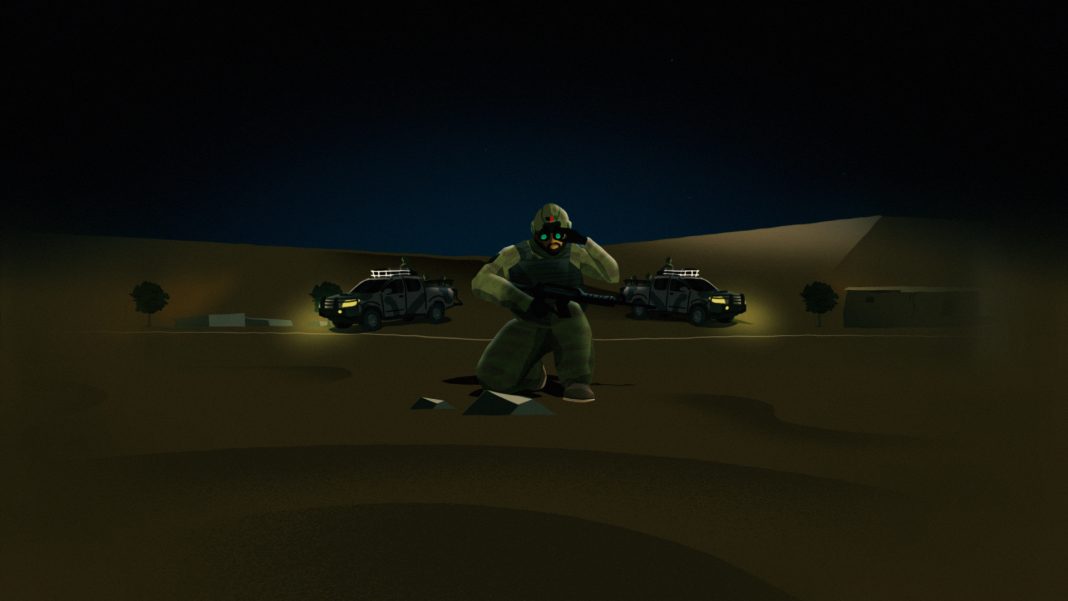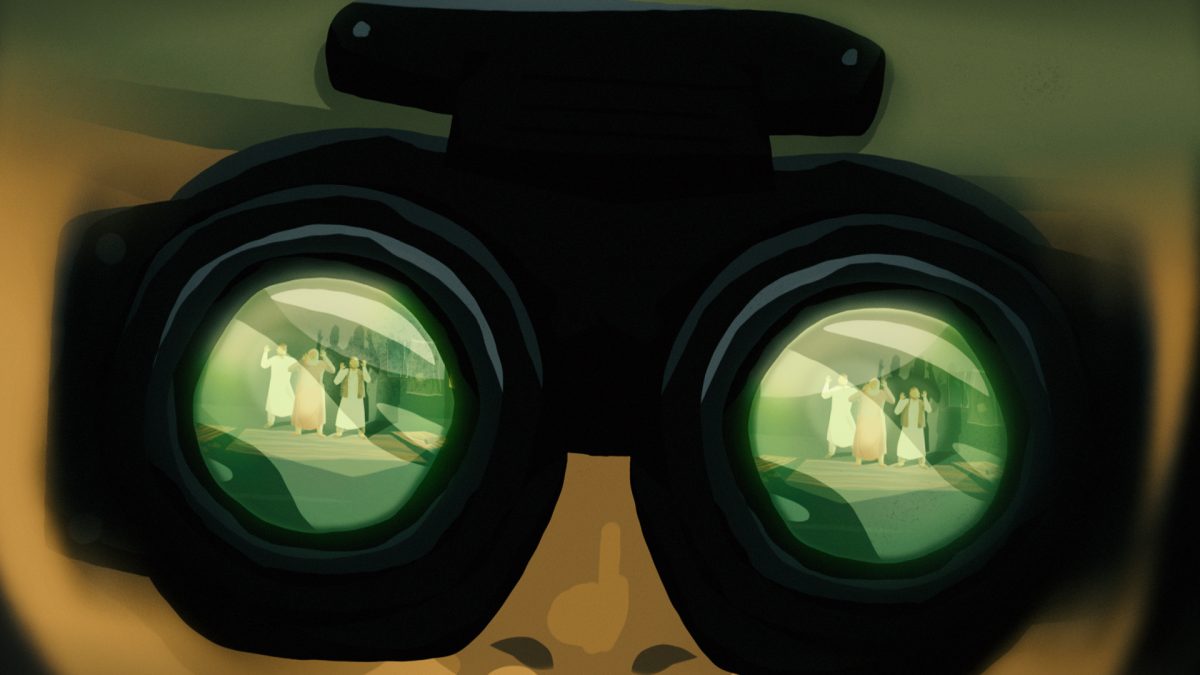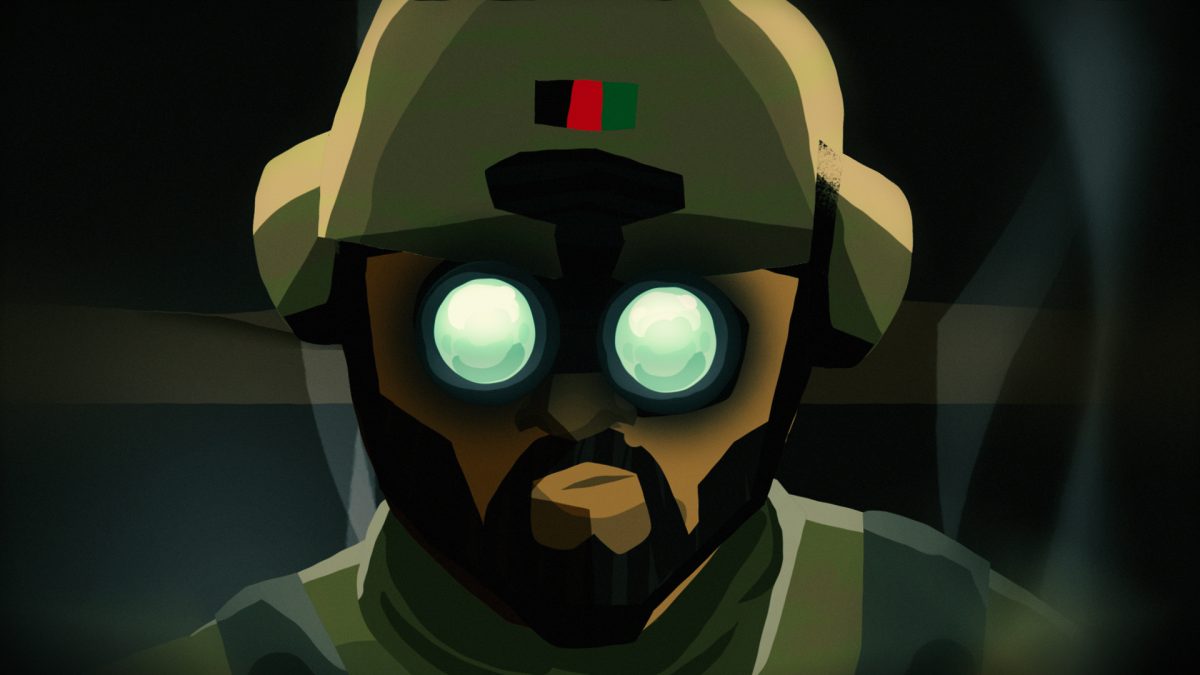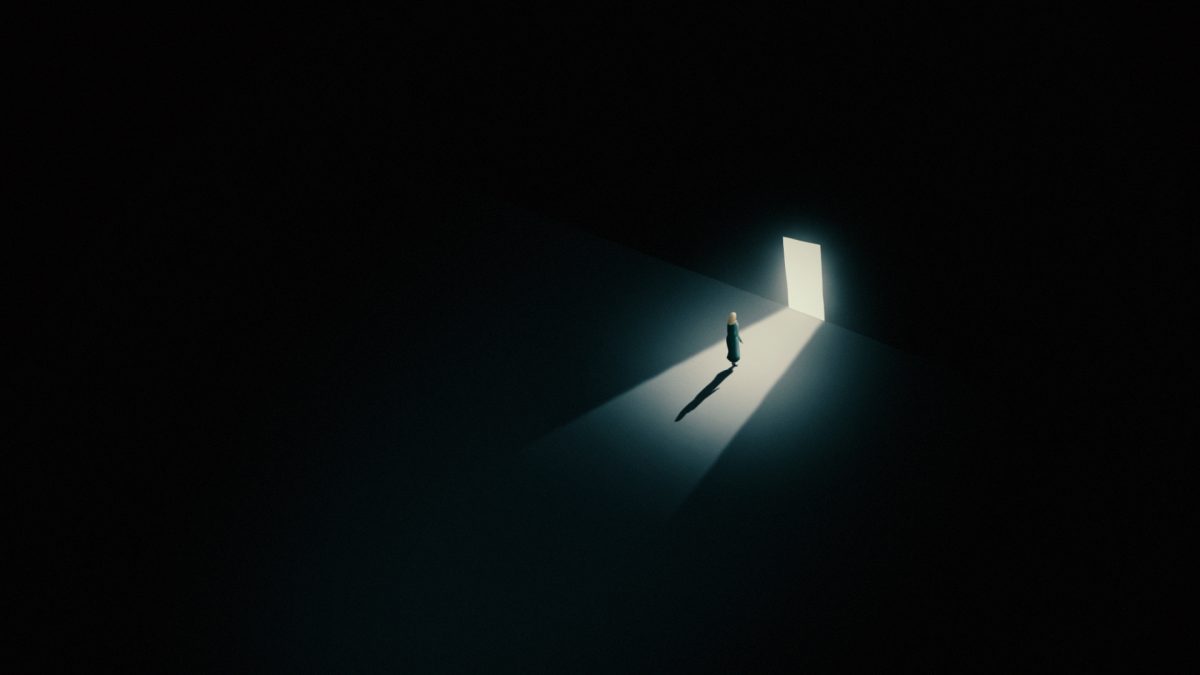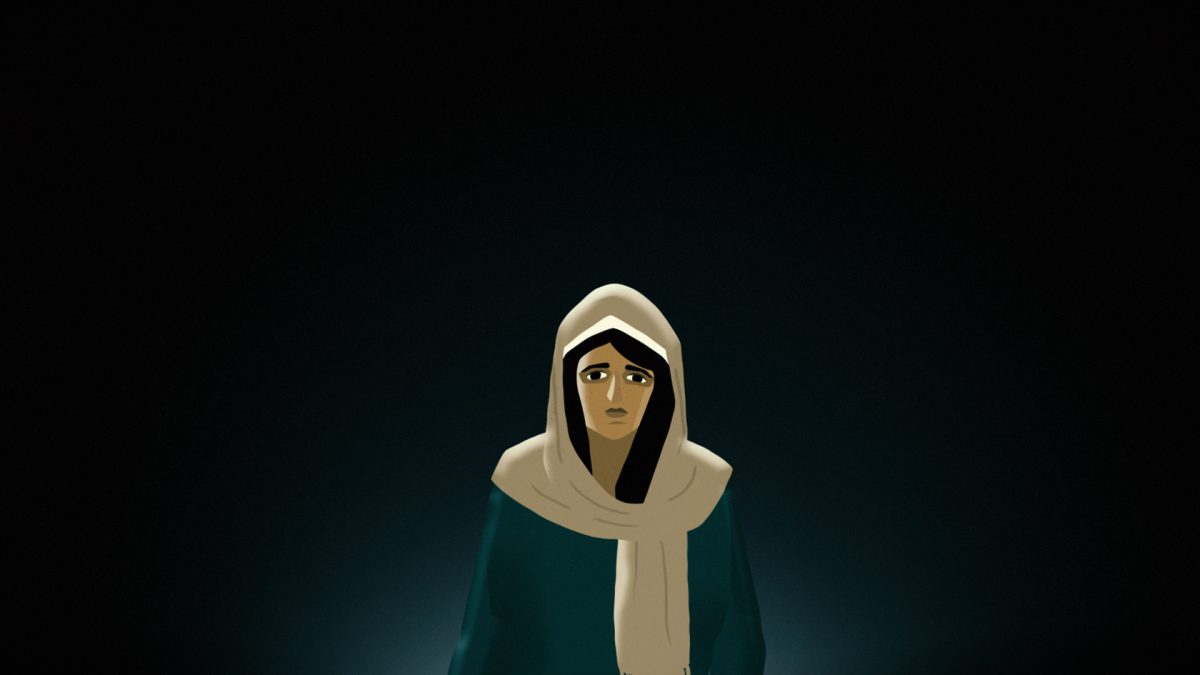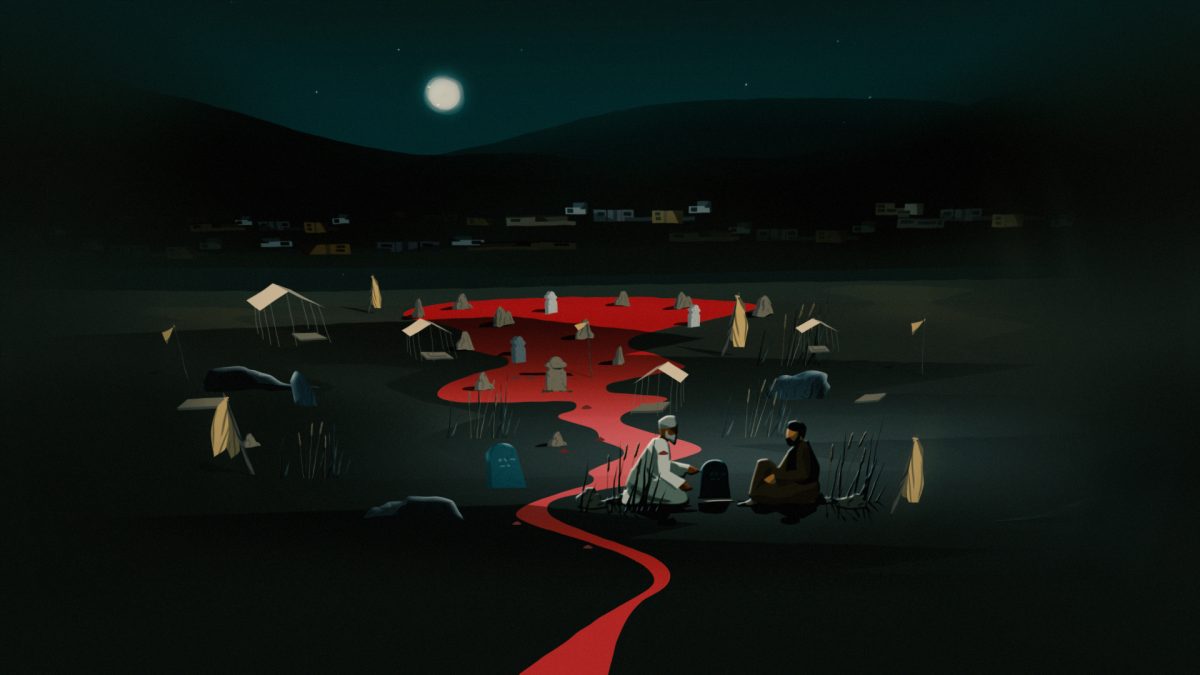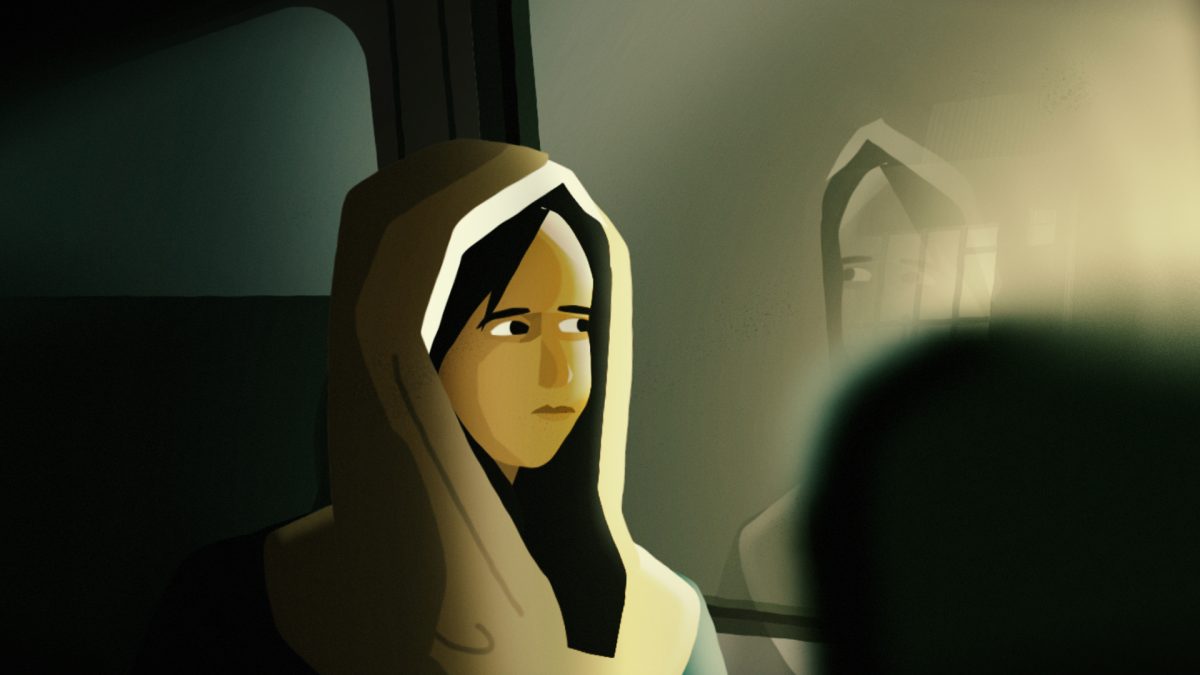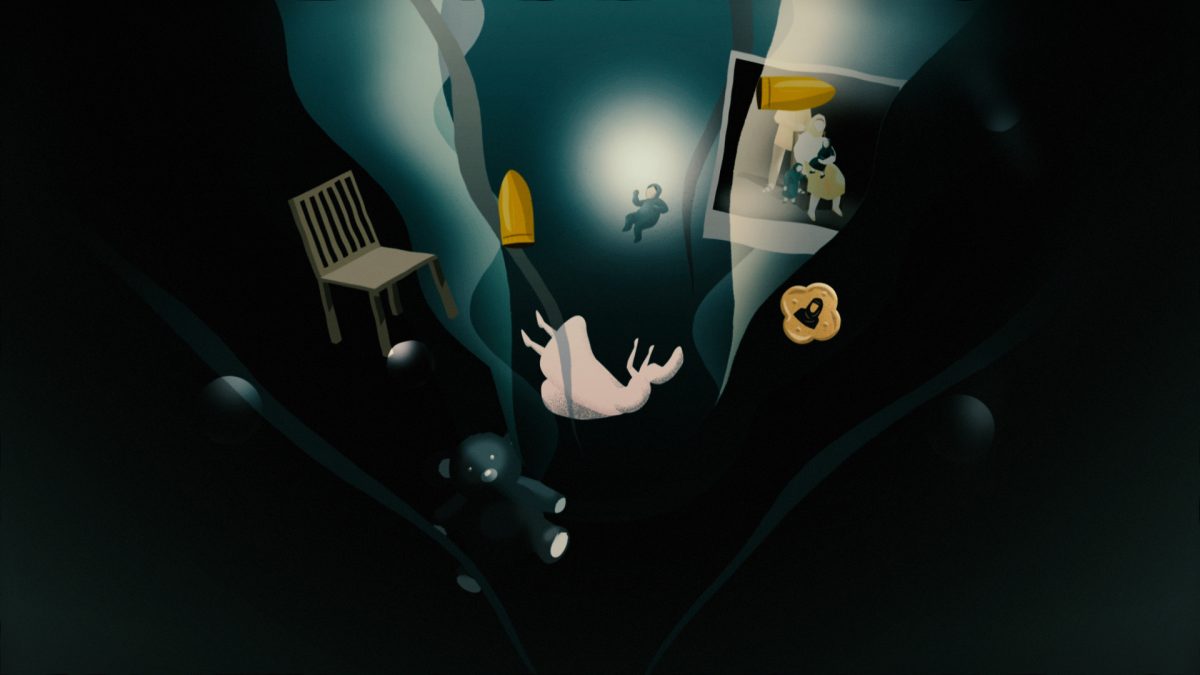The focus of what war brings to the world is examined in Almudena Toral and Mauricio Rodriguez Pons’ insightful animated work THE NIGHT DOCTRINE.
Film And TV Now spoke with the team about the short.
The question of whether war is both necessary and a solution is explored in this short. What was the start-off point?
This short really came about while Lynzy Billing was reporting “The Night Raids” a ProPublica Investigation which was published in December 2022.
Lynzy spent years traveling across eastern Afghanistan to track deadly night raids conducted by The Zero Units, squads of Afghan soldiers who were funded, trained, and directed by the CIA. She found that the raids were often based on disastrously faulty intelligence, resulting in the deaths of scores of civilians who had no ties to the Taliban.
Lynzy cross-checked her findings with witnesses, local hospitals, and a forensic pathologist she recruited to help her. Her reporting focused on one of four CIA-backed Zero Units, known as the 02, over a four-year period. Her tally of the dead — at least 452 civilians killed during 107 raids — is almost certainly an undercount.
As we started to see the scale of these operations emerge and the sheer number of families incorrectly targeted and left without answers, we realized that there was an urgent story to tell, not only in text but also in film.
We decided to make a short film which captured the voices of those who bravely came forward to talk about their loss, especially focusing on one night raid with terrible consequences.
The short offers a 360 perspective on these operations. You hear from the soldiers as well as the families who lost loved ones. Lynzy narrates this short which gives power to the layers of trauma left behind.
Her own mother and sister were killed in a raid decades earlier and were the reason she had first gone back to Afghanistan in early 2019, to investigate their deaths.
In terms of learning about the reality of the ‘Zero Units’, what were the key things you learned?
This project offers a thought-provoking and immersive experience for those interested in gaining a deeper understanding of the impact of the conflict in Afghanistan and the US.’s 20-year war in the country.
These swift and ruthless operations conducted by the Zero Units were strategically designed to create a profound psychological impact, all while ostensibly eliminating high-priority enemy targets.
Through years of reporting Lynzy found that a troubling number of these raids appear to have relied on faulty intelligence by the CIA and other U.S. intelligence-gathering services. And because the Zero Units operated under a CIA program, their actions were part of a “classified” war, with the lines of accountability so obscured that no one had to answer for operations that went wrong.
How long did it take to shoot?
This short animated documentary took about a year to be fully animated but much longer to produce from start to finish.
We started working on this project back in early 2020 while Lynzy was still reporting. Both the investigation and the short, which was initially started as a live action documentary, were in progress when Afghanistan was taken over by the Taliban in August 2021 and the U.S. left.
Given the increased danger many of our sources were in, the need to protect their identities amid the fragile situation in the country, we decided to veer towards a mostly fully animated short.
Tell us about your production team.
Lynzy Billing is a freelance investigative journalist who has been reporting on Afghanistan since early 2019 when she started working on this ProPublica investigation.
Almudena Toral is an award-winnig Spanish filmmaker and the executive producer at ProPublica.
Mauricio Rodríguez Pons is a visual journalist at ProPublica. He was previously a senior visual journalist and visual storytelling editor at Univision News Digital.
His work has been honored with National Emmys, Edward R. Murrow Awards, Malofiej Awards, and Webbys, in addition to being recognized by the Society for News Design, Pictures of the Year International, and World Press Photo.
Also part of our production team: Kern Hendricks, photojournalist and filmmaker ; Muhammad Rehman Shirzad , field producer ; Milad Yousufi, composer; Gabriel Alvarez Franchi, audio mixer and sound designer; Durrie Bouscaren, audio recording.
How challenging was it to find the right animation style for this short film and who are your key animation influences in this context?
The animation style employed in the film takes audiences on a journey through this extended night. It weaves together Lynzy Billing’s personal story, the recent history of Afghanistan, and the hauntingly recurrent nightly raids carried out by the Zero Units.
By connecting these narratives using seamless animated transitions, which act as a metaphorical point for the audience, the film seeks to emphasize the perpetual nightmare endured by many families who struggle to find someone to hold accountable for their losses.
By employing a moody atmosphere in the animated style, the film immerses viewers in the experience, aiming to capture the somber essence of the night and convey the profound impact on the lives of families affected by these atrocities.
We hope that this style keeps the viewer engaged with a story that is difficult to hear, mixing the crudeness of war and botched operations with terrible, life-threatening consequences and the light and beauty of Lynzy’s search and moral compass.
The style of the animation aims to be realistic while concealing the identities of some of our characters for their protection. It finds inspiration from the colors and landscape in Afghanistan and includes at several points seamless animated transitions that make a metaphorical point for the audience.
Do you see this short as the start-off point for exploring alternative revelations about the ‘War On Terror’?
This is a story about little-known units backed by the U.S. which were going on night raids up until America’s exit from Afghanistan, and which were operating, at times, on faulty intelligence which led to the deaths of hundreds of civilians, and so it is a story which we believe is important to be heard.
It is important that Americans know the truth about a war that was fought in their names and the lack of accountability when these operations go wrong.
What issues and themes are you keen to explore in future work?
We’re looking forward to continuing impact-producing work around the world on a variety of subjects.
Has the short been screened in Afghanistan and if not, would you be keen to show it over there as a point of reference?
We would love for the film to be screened in Afghanistan. Now that it has premiered in Tribeca, we are looking to screen the film in other places and hope that we can take it to a wider audience beyond U.S. borders.
Are there plans to show this short to politicians and military personnel?
Not right now, but we would love to screen the film for Congress. This is a story which needs to be heard, especially now, and especially in the American government.
Would you like to develop a narrative-based film based on Lynzy’s experiences?
Absolutely!
Your short played at Tribeca. What is the experience of screening a film there like?
It was really interesting to see our short sit alongside the other animated shorts selected. It really stood out as one which was harder to watch.
It was moving to see and hear how, despite it being a difficult subject, it really engaged the audience. We hope it leaves viewers feeling the loss that so many families feel because of a failed strategy which could be deployed in other countries and other wars, risking more civilians being killed without accountability.
Finally, what are you most proud of about this short?
We’re most proud of having brought the stories of Mahzala, Mattiullah, Ghulam Rasul, Baseer and Hadi to the screen.
Please follow and like us:


